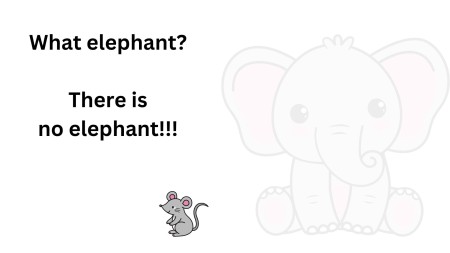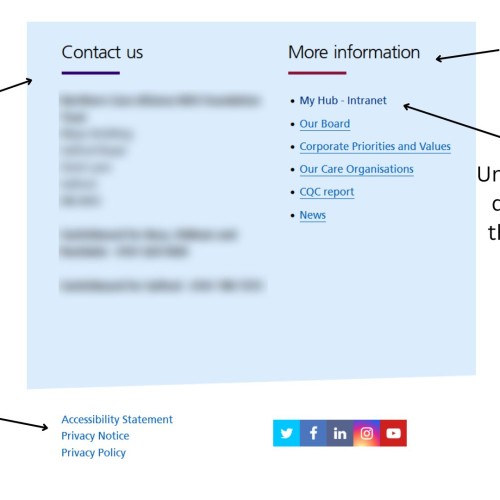Dynamic content - the elephant in the room

Has something changed?
Web pages are traditionally static. You go to a page, you see what is there and then you perhaps click on something that performs an action, such as submitting a form. You then get taken to another page that confirms that you have done this.
Simple really.
However, web designers like to make the journey smoother, more visually attractive and they will often use techniques to change what is on a web page without having to reload it.
The difficulty is that you are not actually changing anything on the page. What you actually have to do is load everything first and then hide stuff that may or may not get shown later.
The problem with this approach is that, although something may change visually, a blind person using a screen reader will not be aware that anything has changed, as the page itself has not reloaded.
Intervention is needed
I see this repeatedly in our audits:
A graphic or an important warning message will magically appear
A set of extra questions on a form will be shown
A selection of available courses will change
and so on
I have to then tell my Teamie what has changed so they can use their screen reader to find this new content.
Sometimes it can be easy to find, just pressing their arrow keys a couple of times would be enough to read the message that has just appeared.
However, sometimes, even when I have told them it is there, it can take them ages to find it. It may be visible right in the middle of the screen but their screen reader has to go to the very bottom of the code to find it!
There are elements on web pages that people using screen readers are blissfully unaware of and, of course, the web designers do not know it is an issue themselves as no-one has ever raised it!
This is why having disabled people test your website is so important. Once you are aware of these issues, you can then develop strategies that will be far more inclusive.
This is also one of the many reasons why I get so excited about helping others with their digital accessibility. It is not about constraining creativity, it is about ensuring that everyone can be included in that creative experience.
Caption: a happy cartoon mouse. Behind him is a cartoon elephant that is so faded so that it can hardly be seen. Text reads “What elephant? There is no elephant!!”
Would you like to find out more?
If you would like to find out more about website accessibility, please follow these links:
Watch my TED Talk
Find out more about website accessibility audits
Discuss having an accessibility audit of your website
Have a 1-hour consultation on any aspect of website accessibility
Clive Loseby
Access by Design
Beautiful, WCAG Compliant, Accessible Website Design
Delivering an Outstanding Website Accessibility Audit
Award-winning Web Design, Chichester




